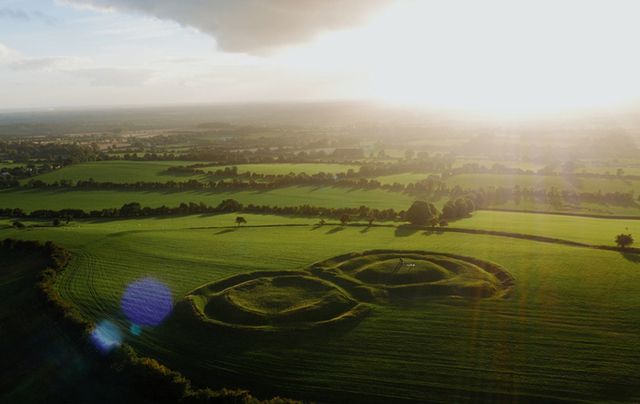The summer solstice, one of Ireland's ancient Celtic traditions, falls on Thursday, June 20 in 2024.
Every year on the summer solstice, hundreds of people gather at sacred spots, such as the Hill of Tara in Co Meath, to mark the longest day of the year. People have been marking the summer solstice at the historic site of Tara for thousands of years.
The summer solstice is one of the eight sacred days in Ireland, the times when the old Celtic world stopped to celebrate. Others include Imbolc (St. Brigid's Day), Bealtaine (May Day), and Samhain (Halloween). The summer solstice is marked in parts of Ireland by bonfires on the side of the road.
It is celebrated on the longest day of the year, which this year falls on June 20. In rural Ireland, communities gather for their local bonfire and celebrate the longest day of the year with song and dance.
Back in 2015, the events at the Hill of Tara, depicted in the video below, were led by local man J. P. Fay, who carried a horned staff and dressed in a gabardine cloak with a depiction of Morrigu, the Celtic Goddess of War, on the back.
“If you scratch the ground here, you are not too far away from our old pagan beliefs,” said Fay, who offered gifts of fruit, meat, wine, and spirits to the ancestors.
Paul Dolan, a practicing male pagan witch, said he never misses solstice celebrations at the Hill of Tara.
"This is the turning point of the year, one of our major festivals. Nature is wherever you find it,” he said.
Illup Gravengaard traveled all the way from Sedona, Arizona, for the ritual in 2015: “Ireland has been a key spot for me to come and visit. I have heard so many stories about the Hill of Tara. It feels like a place of power. It is so beautiful to be here this morning.”
* Originally published in 2015, updated in June 2024.




Comments